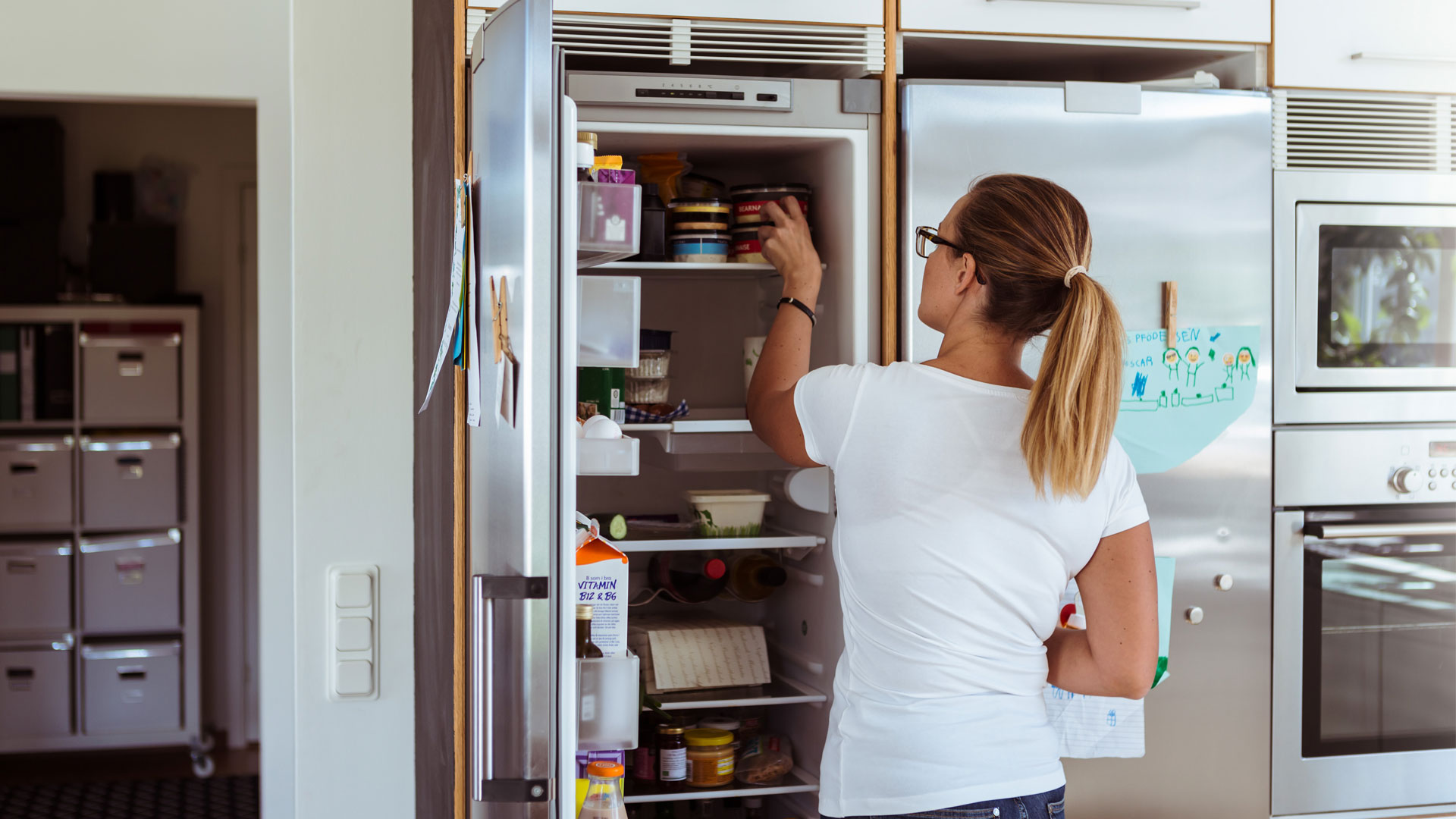How do refrigerators work?
How do refrigerators work? We explain the science that keeps your fridge cool, as well as how ice dispensers work, and why your refrigerator may have broken.

We all know the important role that a fridge plays in our day-to-day lives, but how do refrigerators work? You may think that how the best side-by-side refrigerators work differs from the process that keeps the best french door refrigerators running, but that is not the case. While there is a lot that divides refrigerators in terms of the different advantages they offer, all refrigerators work more-or-less in the same way. That is because they all feature the same basic components, and the all-important ingredient: refrigerant.
How do refrigerators work?
We’ll go into greater depth later, but the basic function of how refrigerators work is quite simple. It depends on something we all learned in school: evaporation. A refrigerant runs between all the refrigerator mechanisms, transforming from gas to liquid, and back to gas once again, in a cycle of compression and evaporation. This creates a cooling effect inside the refrigerator and is the reason that no matter how cool it is on the inside, the back of your refrigerator will usually feel a little warm.
Now that we’ve covered the basic process that keeps your fridge cold, let’s dive into a little more detail…

The main components of a refrigerator
There are four key components that keep your refrigerator running:
1. The fluid refrigerant
The fluid refrigerant cycles between a gaseous and liquid form. By transforming from liquid to gas, it creates a cooling effect that keeps your fridge cold. Think about the way that your hand sanitizer feels cool when you apply it, and leaves little to no moisture on your hands. This is usually because it contains alcohol, which has a low evaporation point, and leaves a cooling effect when it does evaporate. That’s how fluid refrigerant cools the inside of your fridge.
2. The compressor
Sign up to receive the latest news, reviews, buying guides and deals direct to your inbox
The compressor does as the name suggests: compresses the gaseous form of the fluid refrigerant. This converts the refrigerant back into liquid form, in turn allowing the cycle to continue. In many ways, the compressor is the beating heart of the refrigerator: pumping fluid around to keep things working.
3. The condenser coils
Condensation should be a familiar concept. It’s most noticeable when your bathroom mirror steams up during your morning shower. The steam from your shower will meet the cold surface of the mirror and turn back into beads of water.
The condenser coils sit at the back of your refrigerator, and they’re usually a little dusty. These coils sit outside the refrigerator because the compressor can produce a lot of heat, and this needs to be released on the exterior of the refrigerator to keep it cool.
4. The evaporator
Now in liquid form, the refrigerator coolant turns back into gas form when it re-enters the evaporator coils inside the refrigerator. This happens through a capillary tube, which ensures that the liquid enters the evaporator coils at high pressure, so it can evaporate inside the refrigerator and lower the temperature inside your refrigerator. The refrigerant then returns to the compressor, where the cycle continues.

How do refrigerator ice makers work?
If you have ever filled an ice tray and placed it inside your freezer, you may be surprised to learn that a refrigerator ice maker does the exact same thing. Inside the mechanism is an ice tray that is connected to a water valve. When hooked up to your home’s water supply, this valve will automatically fill the ice trays.
Using an internal thermostat, the ice maker will detect when the temperature of the tray compartment is low enough to have formed the ice fully. It will then use a heating coil to slightly warm the base of the trays, allowing the ice to be dislodged from the molds. It’s just like when you run the base of your ice tray under warm water to be able to remove the cubes.
Then, a gear turns to tap the perfectly formed ice cubes into the ice dispenser, before starting the process all over again.
Are refrigerators worth repairing?
That depends on the age of the refrigerator. Many of the top refrigerators you can buy will come with good warranties, which applies to even the best mini fridges. If within warranty, the manufacturer should send out someone to repair your broken refrigerator. Of course, if it is deemed too costly to repair, it will be replaced.
If your refrigerator is out of warranty, that will usually mean it is at least 10 years old. This is usually the expected lifespan of a refrigerator, although they can of course last much longer. Before completely discarding your refrigerator, bring in an expert who can tell you how much repairs will cost. If there is only a small problem that won’t cost too much to repair, it may be worth paying for to get a few more years of life out of your machine. Some of the easier issues to repair include a loose lining on the door that lets out the cold. If there is an issue with the central mechanisms we covered above, though, things will become much more costly.
So there you have it. While the terminology is a little complex, the answer to your question of ‘how do refrigerators work?’ is actually very straightforward when you break it down. Got any more questions about your refrigerator? Take a look at our other features: GE vs Whirlpool refrigerators: Which should you choose? | What temperature should a refrigerator be? | 6 things to consider when buying a new refrigerator

Millie Fender is Head of Reviews at Top Ten Reviews. She also works on our sister sites: Real Homes, Ideal Home, Homes & Gardens, and Livingetc. As Head of Reviews, Millie is on a mission to make sure that we are reviewing all of the latest and greatest products for you and your home, whether it's a vacuum cleaner or an inflatable hot tub.
